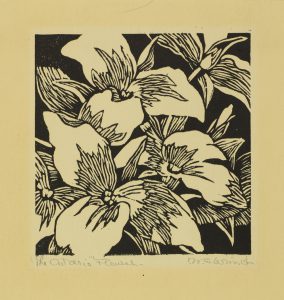By expanding the framework for determining the “Still Life,” this exhibition investigates how the objects depicted refer to sociological, historical, economic, or life-style values embodied within the everyday. For thousands of years, images of food have existed as an art form. Within some ancient cultures, graphic renderings of food symbolized the nutritional sources that the human spirit needs.
Throughout its pictorial history, food has served as a symbol and metaphor in multiple contexts. Food as nourishment has been used to illustrate connections to family and economies and as the still life motif was placed within a hierarchical aesthetic structure which not only marginalized it as an art form but also relegated its female practitioners to a lower artistic status.
Drawn from the Art Gallery of Windsor’s collection, this selection of images from the nineteenth to the twenty-first century offers the viewer ‘food’ for thought demonstrating how the still life tradition has been reconsidered as an expressive visual form in a variety of media.
- Home
- Exhibitions + Displays
- Still Life: ‘Food’ for the Eye, Mind and Body
Still Life: ‘Food’ for the Eye, Mind and Body
June 1, 2018 - October 21, 2018
AWE Gallery

Franklin Carmichael, Trilliums, c. 1930, colour linocut on rice paper, 21.0 cm x 28.0 cm, Gift of Mrs. R.G. Mastin, 1978
In this exhibit

Franklin Carmichael, Trilliums, c. 1930, colour linocut on rice paper, 21.0 cm x 28.0 cm, Gift of Mrs. R.G. Mastin, 1978

Paraskeva Clark, Calla Lily, 1964/65, oil on masonite, 51.0 cm x 61.0 cm, Gift from the Douglas M. Duncan Collection, 1970

Mary Wrinch, The Ontario Flower (Trilliums), 1931, linocut on paper, 14.0 cm x 15.0 cm, Gift of The Gordon Conn - Mary E. Wrinch Trust, 1970

Molly Lamb Bobak, Cosmos and Cornflowers, date unknown, watercolour on paper, 65.0 cm x 48.0 cm, Gift of the Director's Fund in memory of Edith Miles Masson, 1969






